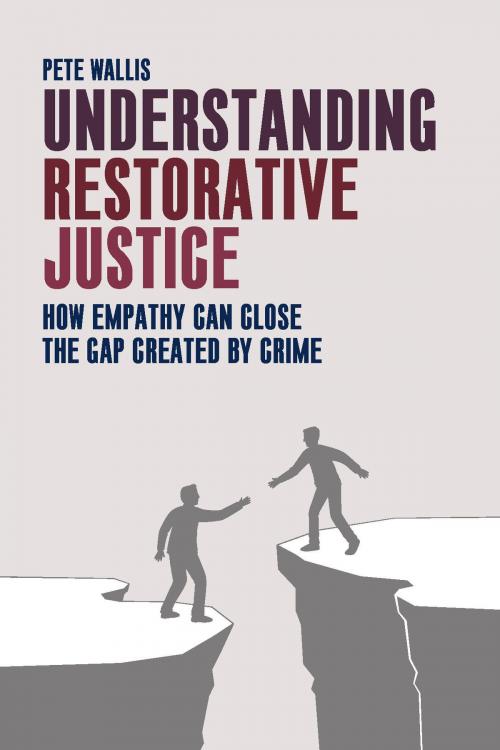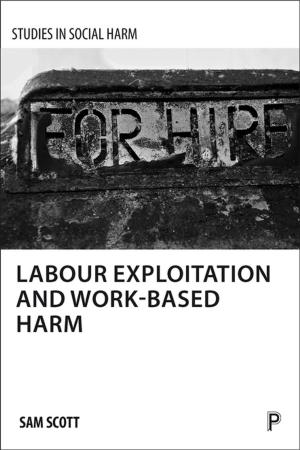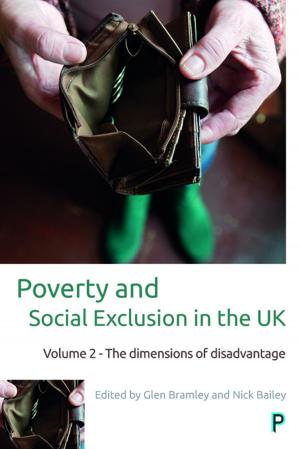Understanding restorative justice
How empathy can close the gap created by crime
Nonfiction, Social & Cultural Studies, Political Science, Government, Social Policy, Social Science, Crimes & Criminals, Criminology| Author: | Wallis, Pete | ISBN: | 9781447317432 |
| Publisher: | Policy Press | Publication: | July 11, 2014 |
| Imprint: | Policy Press | Language: | English |
| Author: | Wallis, Pete |
| ISBN: | 9781447317432 |
| Publisher: | Policy Press |
| Publication: | July 11, 2014 |
| Imprint: | Policy Press |
| Language: | English |
This unique book is a clear and detailed introduction that analyses how restorative justice nurtures empathy, exploring key themes such as responsibility, shame, forgiveness and closure. The core notion of the book is that when a crime is committed, it separates people, creating a ‘gap’. This can only be reduced or closed through information and insight about the other person, which have the potential to elicit empathy and compassion from both sides. The book explores this extraordinary journey from harm to healing using the structure of a timeline: from an offence, through the criminal justice process and into the heart of the restorative meeting. Using case studies, the book offers a fresh angle on a topic that is of growing interest both in the UK and internationally. It is ideal as a comprehensive introduction for those new to restorative justice and as a best practice guide for existing practitioners.
This unique book is a clear and detailed introduction that analyses how restorative justice nurtures empathy, exploring key themes such as responsibility, shame, forgiveness and closure. The core notion of the book is that when a crime is committed, it separates people, creating a ‘gap’. This can only be reduced or closed through information and insight about the other person, which have the potential to elicit empathy and compassion from both sides. The book explores this extraordinary journey from harm to healing using the structure of a timeline: from an offence, through the criminal justice process and into the heart of the restorative meeting. Using case studies, the book offers a fresh angle on a topic that is of growing interest both in the UK and internationally. It is ideal as a comprehensive introduction for those new to restorative justice and as a best practice guide for existing practitioners.















